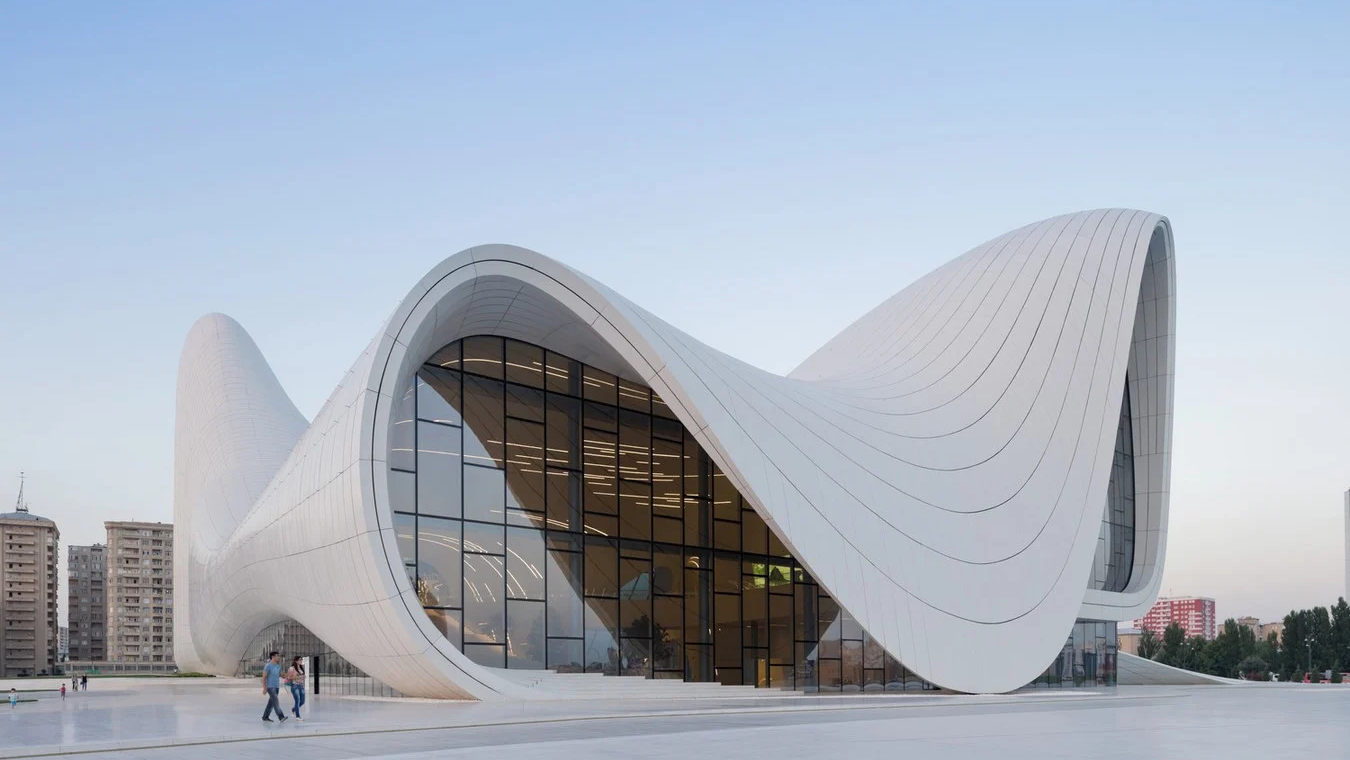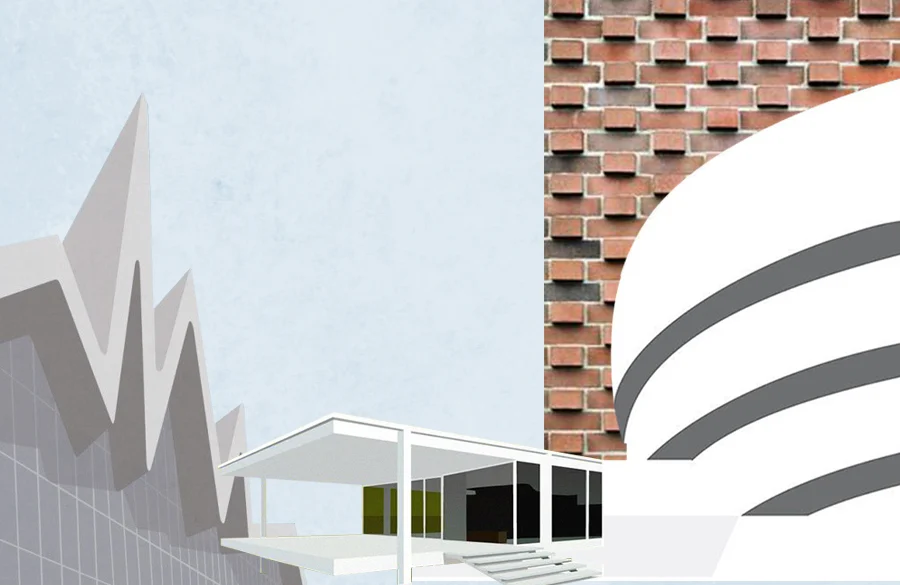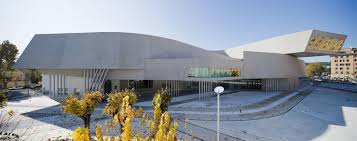Now Reading: Influential Architects Changing the World with Unique Signature Styles 2025
-
01
Influential Architects Changing the World with Unique Signature Styles 2025
Influential Architects Changing the World with Unique Signature Styles 2025

Table of Contents
Architecture is more than constructing buildings; it is an art that combines creativity, functionality, and culture. Over the decades, certain architects have become influential worldwide due to their signature styles, innovative designs, and the impact they leave on cities and landscapes. From modern minimalism to classical grandeur, their work shapes the way people live, work, and interact with spaces.
Frank Lloyd Wright – Master of Organic Architecture
Frank Lloyd Wright, an American architect, is one of the most influential figures in modern architecture. Known for his philosophy of “organic architecture,” Wright believed that buildings should harmonize with their environment rather than dominate it. His iconic designs, such as Fallingwater in Pennsylvania, demonstrate flowing spaces, natural materials, and strong connections to the surrounding landscape. Wright’s style emphasizes simplicity, natural light, and integration with nature, inspiring generations of architects worldwide.
Zaha Hadid – Queen of Futuristic Curves
Zaha Hadid, often called the “Queen of Curves,” revolutionized Architects with her futuristic, fluid designs. Her structures are known for dynamic forms, sharp angles, and sweeping curves that challenge traditional building concepts. Projects like the Guangzhou Opera House in China and the Heydar Aliyev Center in Azerbaijan highlight her ability to blend innovation with art. Hadid’s style focuses on movement, modernity, and breaking architectural boundaries, making her one of the most celebrated architects of the 21st century.
Le Corbusier – Pioneer of Modernism

Le Corbusier, a Swiss-French architect, is a central figure in modernist architecture. His designs prioritize functionality, efficiency, and geometric forms, reflecting his belief that architecture should serve the needs of society. Le Corbusier introduced concepts like the “open floor plan” and “pilotis” (supporting columns), seen in iconic projects such as Villa Savoye in France. His signature style—simple, functional, and visually striking has influenced urban planning and architectural theory around the globe.
Renzo Piano – Innovation Meets Elegance
Italian architect Renzo Piano is known for blending technology, innovation, and elegance in his designs. Piano’s buildings often feature lightweight structures, transparency, and environmental sustainability. Notable works like the Centre Pompidou in Paris and The Shard in London showcase his ability to merge modern materials with artistic vision. Piano’s style emphasizes balance between technical precision and aesthetic beauty, making his projects iconic landmarks worldwide.
Tadao Ando – Minimalist Spiritual Spaces
Tadao Ando, a self-taught Japanese architect, is famous for his minimalist designs that combine concrete, light, and nature. Ando’s works, such as the Church of the Light in Osaka, focus on simplicity, meditation, and the interaction between natural elements and human experience. His signature style creates spaces that are both functional and spiritual, reflecting a deep respect for culture and environment. Ando demonstrates how minimalism can evoke powerful emotions while maintaining elegance.
Norman Foster – High-Tech and Sustainable Architecture
Norman Foster, a British architect, has left a significant mark on contemporary architecture with his high-tech and sustainable designs. Foster incorporates advanced technology and eco-friendly concepts into buildings that are both modern and functional. Famous projects like the Gherkin in London and the Hearst Tower in New York highlight his futuristic aesthetic and commitment to energy efficiency. Foster’s style combines innovation, sustainability, and striking visual appeal, influencing global architectural trends.
Bjarke Ingels – Bold, Innovative Concepts

Bjarke Ingels, a Danish architect and founder of BIG (Bjarke Ingels Group), is known for creative, daring designs that combine form, function, and sustainability. Ingels approaches architecture with a playful, unconventional mindset, resulting in structures that stand out in urban landscapes. Projects such as the Amager Bakke waste-to-energy plant in Copenhagen and Via 57 West in New York show how his style merges ecological responsibility with bold aesthetics. Ingels continues to inspire a new generation of architects with imaginative solutions to urban challenges.
Signature Styles Matter
The influence of these architects goes beyond just buildings. Their signature styles define city skylines, shape cultural identity, and inspire future generations. From Wright’s natural harmony to Hadid’s futuristic curves, each architect brings a unique perspective to architecture. They show that design is not only about utility but also about emotion, storytelling, and creating experiences that endure through time.
Conclusion
Understanding the work of influential architects and their signature styles helps us appreciate the artistry behind the spaces we inhabit. Their contributions reflect innovation, creativity, and a vision that transforms ordinary structures into iconic landmarks. As architecture continues to evolve, these architects remain a source of inspiration, proving that great design can change the way we see and interact with the world.
READ MORE:- Inside the World of Business Acquisitions: Secrets of Corporate Growth 2025



















